At Glastonbury’s reinvented Shangri-La, everything must grow
With a new theme for 2025, Glastonbury’s Shangri-La is embracing nature, community and possibility; Lisa Wright is our field agent
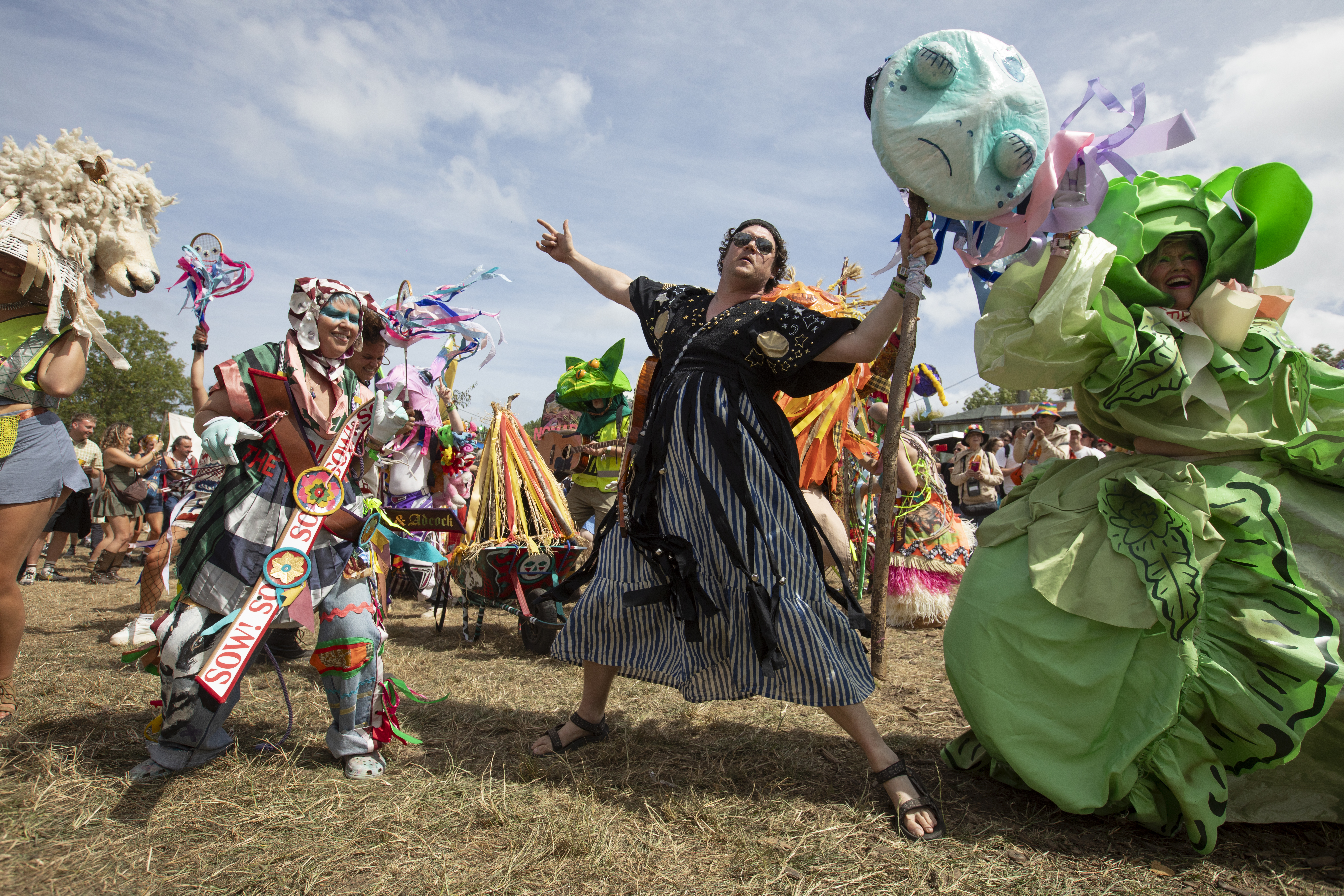
Having spent the last four years turning their corner of Glastonbury Festival into a debauched comment on capitalism with their former theme of Everything Must Go, this year the team behind Shangri-La – helmed by creative director Kaye Dunnings and creative producer and director Robin Collings – have reinvented the entire field with a new direction prioritising community and optimism: Everything Must Grow.
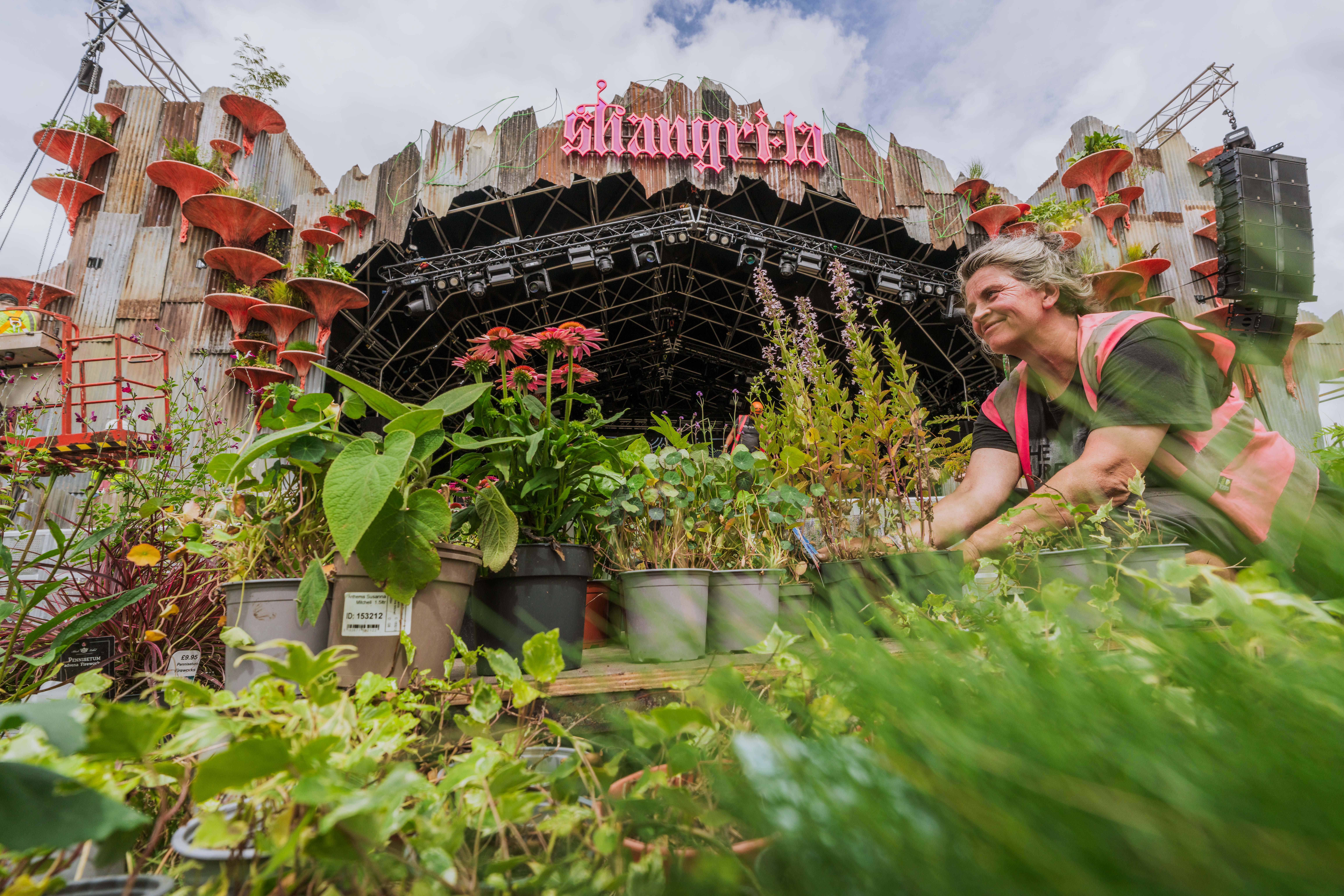
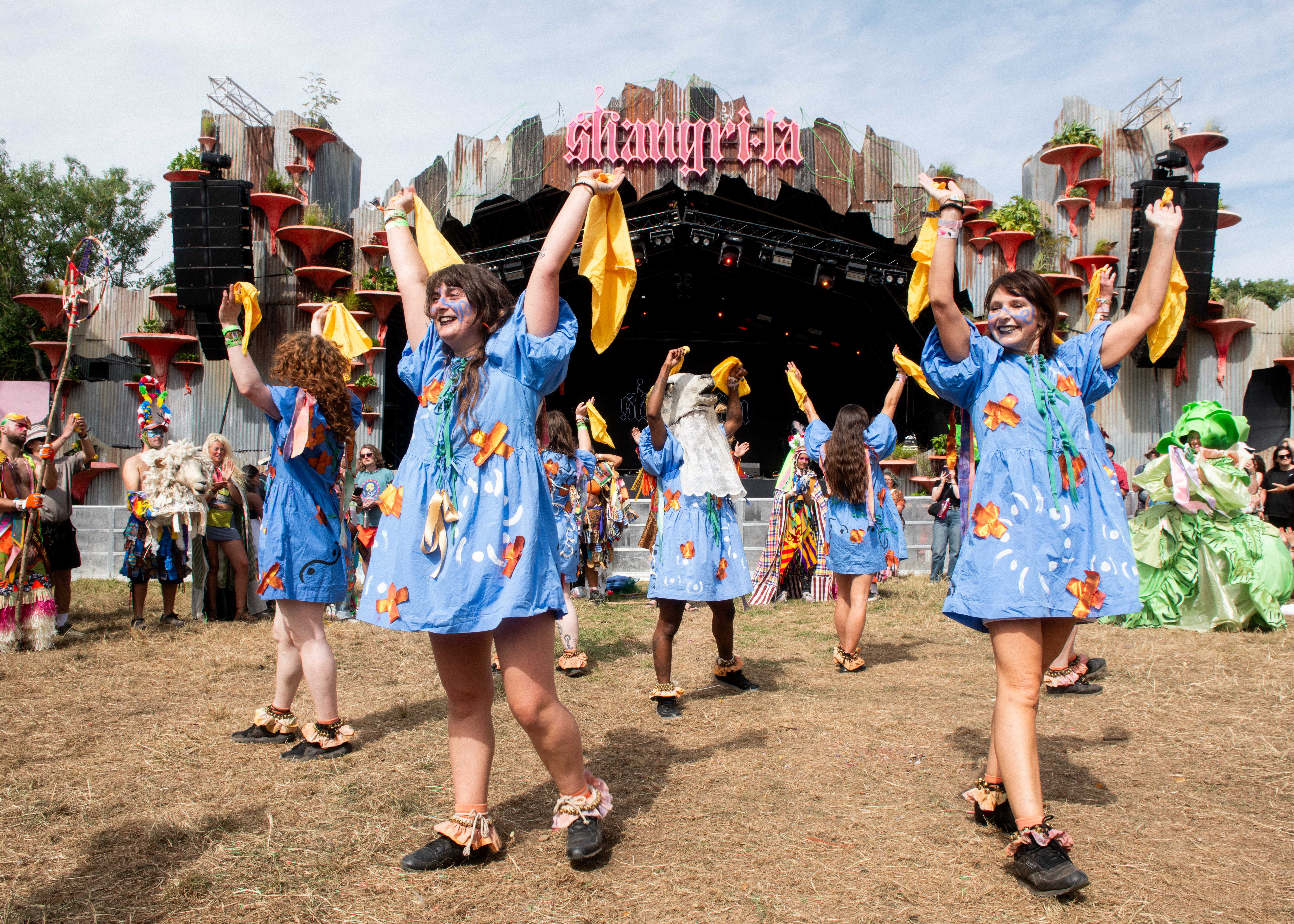
With a focus on sustainability, and creating a constantly evolving space that will physically blossom over the coming years, Dunnings and Collings have filled the area with plants and trees – surrounding the main stage with live greenery and vegetables, and commissioning a series of collaborators including queer zine publication Black Lodge Press and music and nature initiative Sounds Right to create their own take on an allotment plot, with variously traditional and more conceptual responses to the theme. Billboards around the space are festooned with edible plants, while their Grow Room contains a jukebox where every song chosen will correspond to a seed planted in Shangri-La’s permanent site outside of the festival.
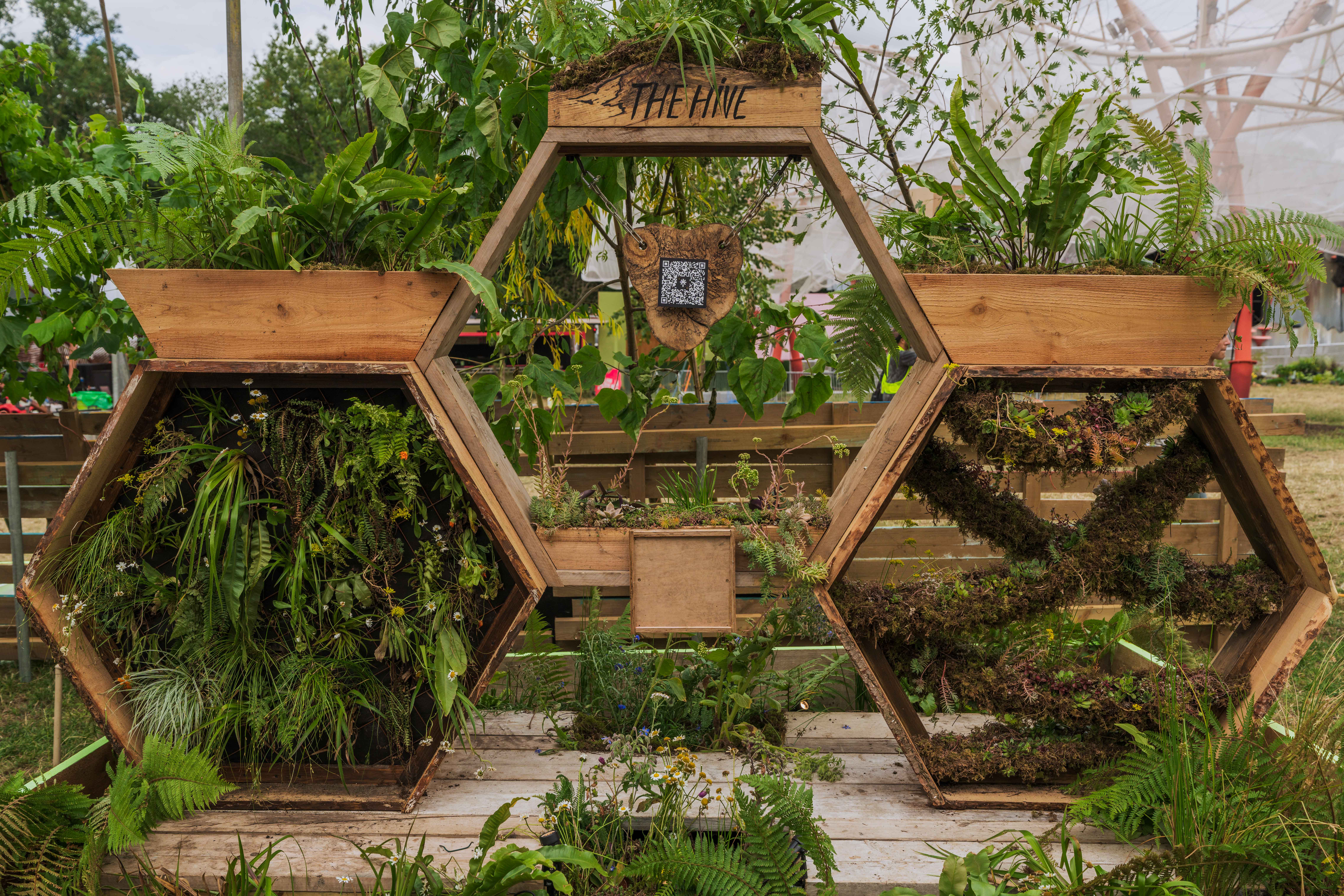
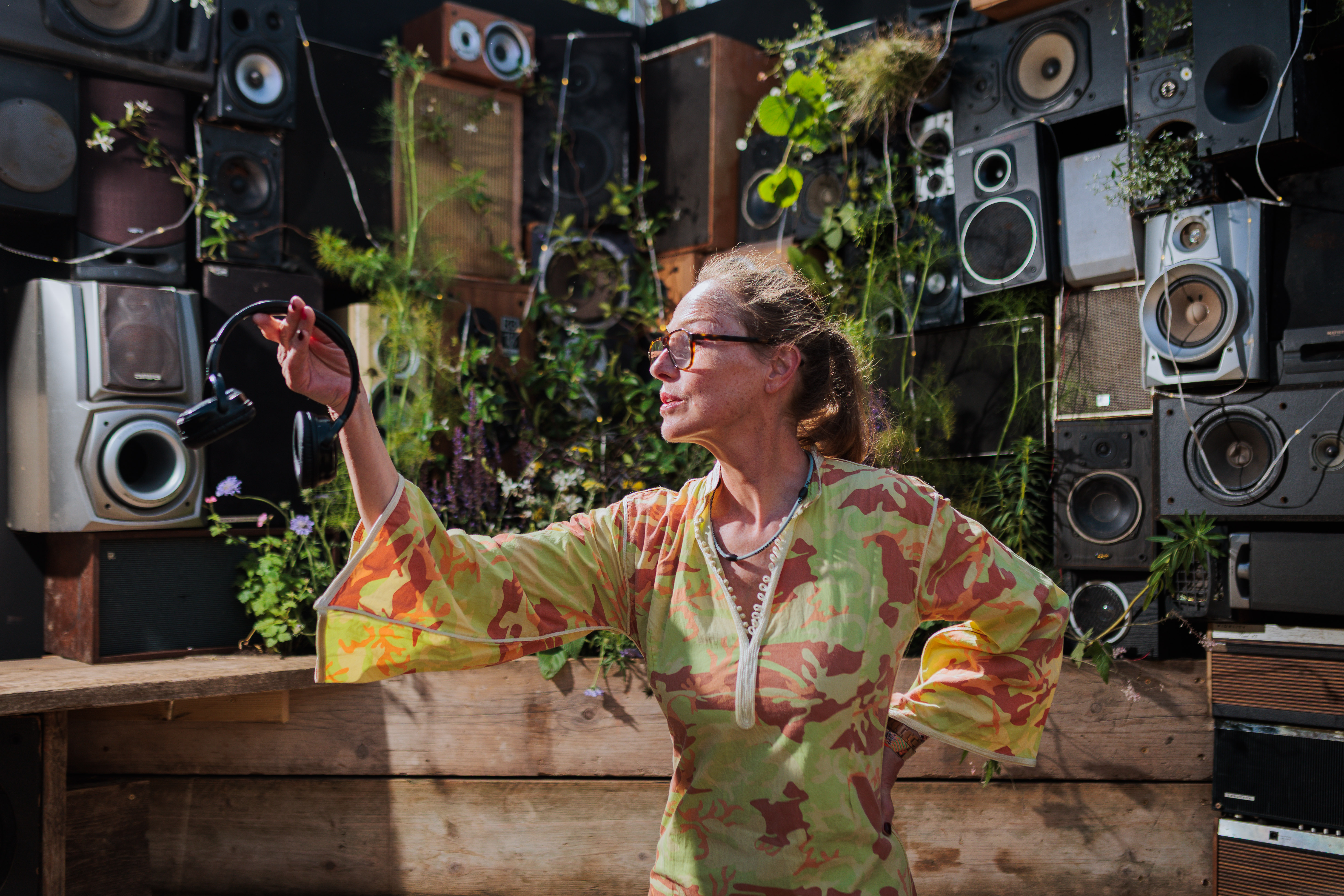
‘Shangri-La has always been reflective of what's going on in the world. This theme is more about trying to reflect only the beauty that isn't getting enough reflection. Joy is an act of resistance these days, which is ridiculous because we all really, really need it,’ Dunning says of the concept. ‘People come to Glastonbury to have a big, shared experience, and they carry that energy with them beyond the festival. That's what we're really trying to do here, but on a bigger level; sending the vibrations a bit deeper.’
Much of the plant life in the space has been grown by the Shangri-La team themselves and will be maintained before returning for the festival’s next event in 2027, following Worthy Farm’s 2026 fallow year. The spaces and stages in the area, meanwhile, have also been conceptualised with a parallel theme of folklore and storytelling in mind. Queer space Nomad is the only returning stage, while new areas include Luna, a repurposed geodesic dome that will house ‘darker, heavier’ music; Azaadi, which will provide a global soundsystem with a focus on the South Asian diaspora; and Lore, a platform for more underground artists and performers.
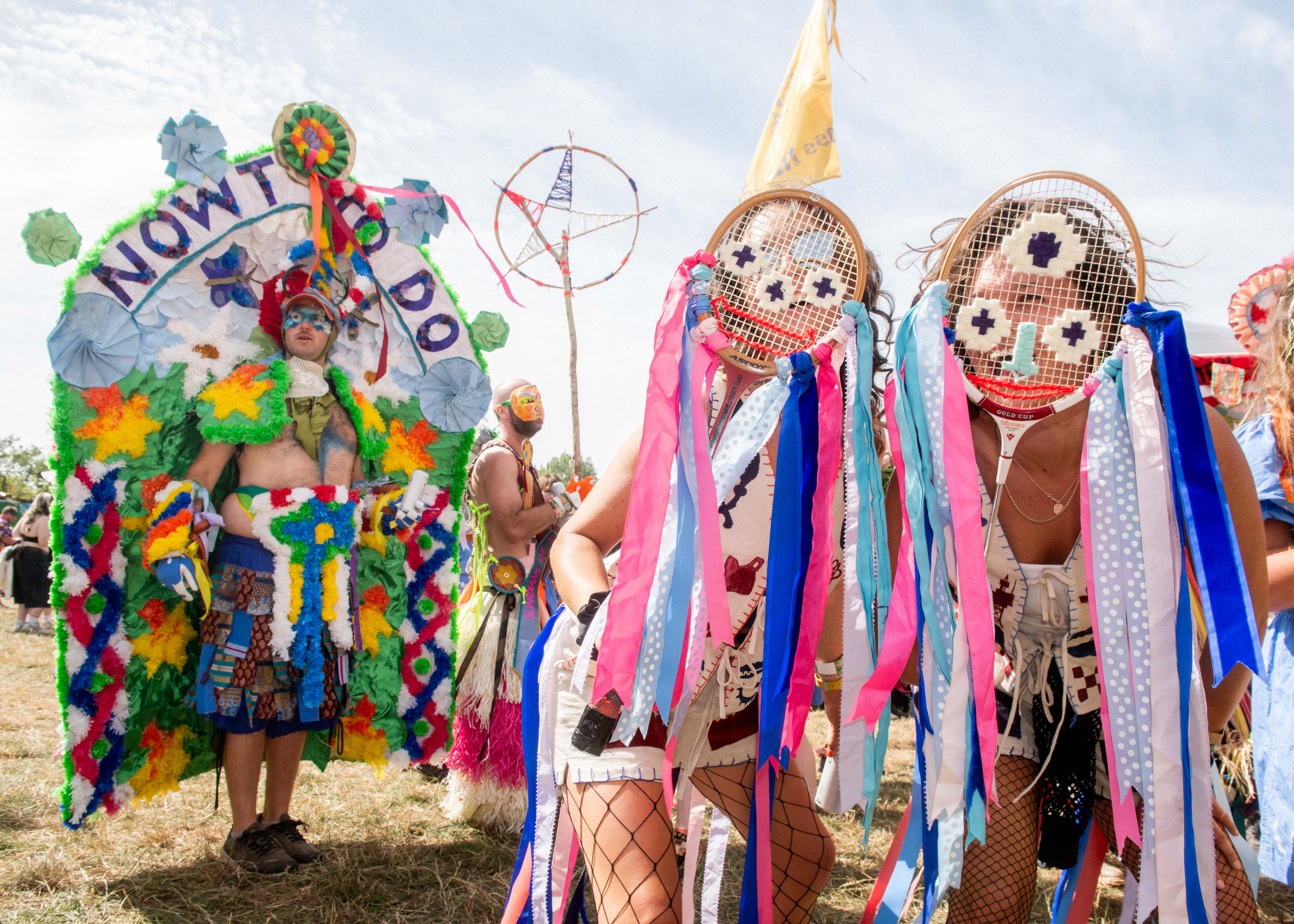
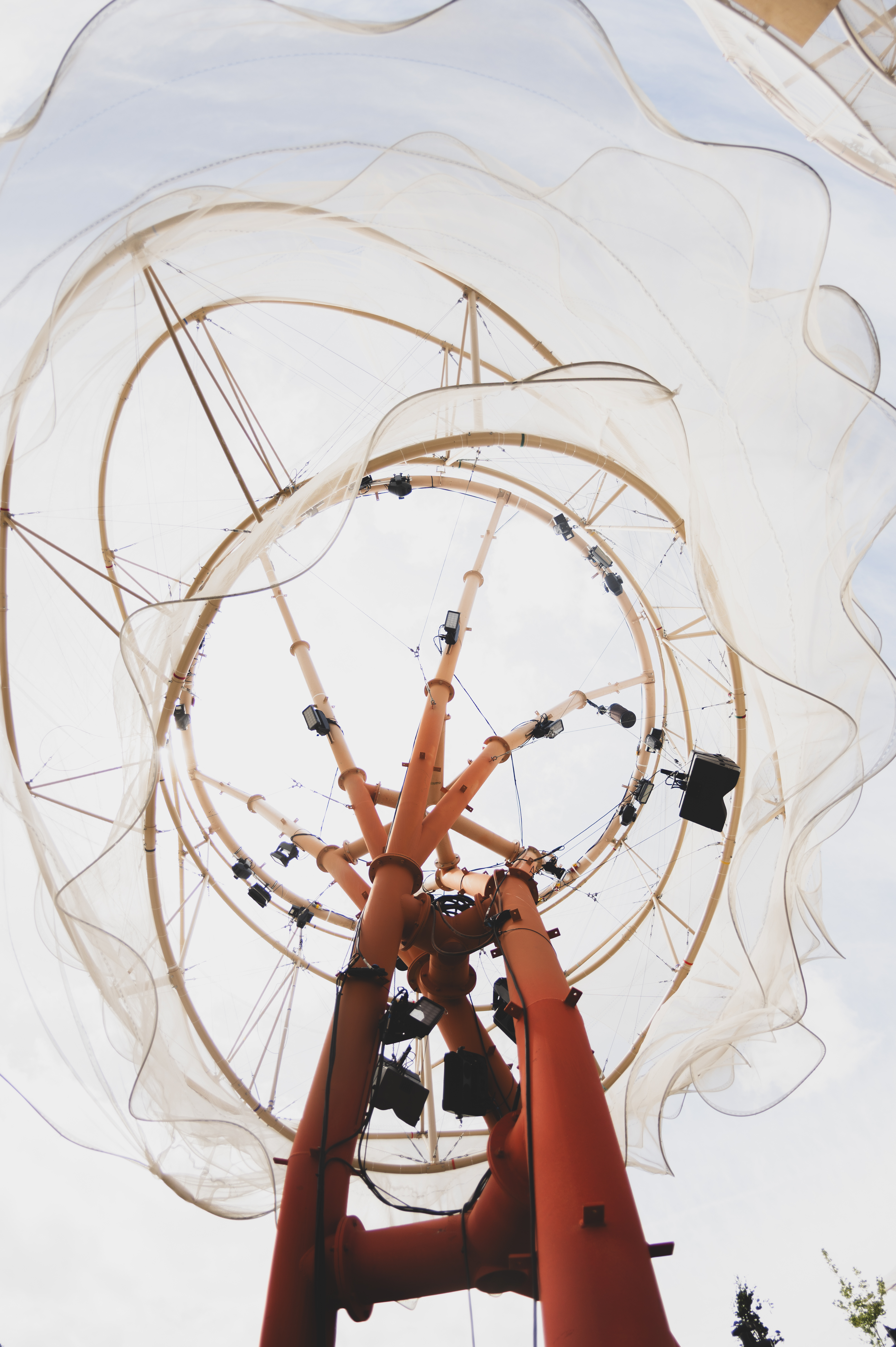
Of Lore’s ethos, Dunning states: ‘We thought about the future of storytelling and what we want our kids and ancestors to read about 2025, and it’s not everything we're hearing in the news right now. There are good things happening too. There are amazing projects happening everywhere, and that's what we're going to be capturing over the next few years in that space.’
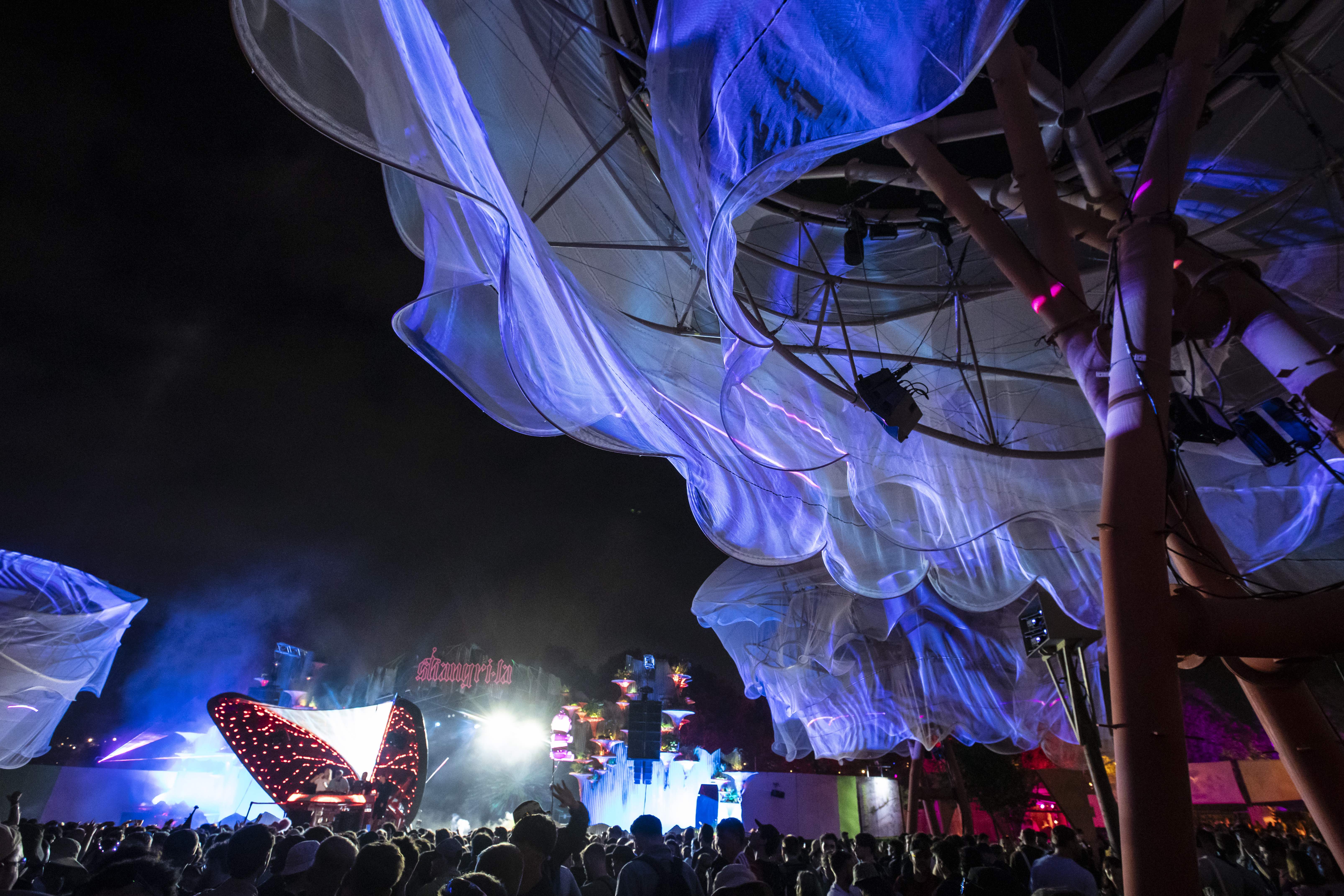
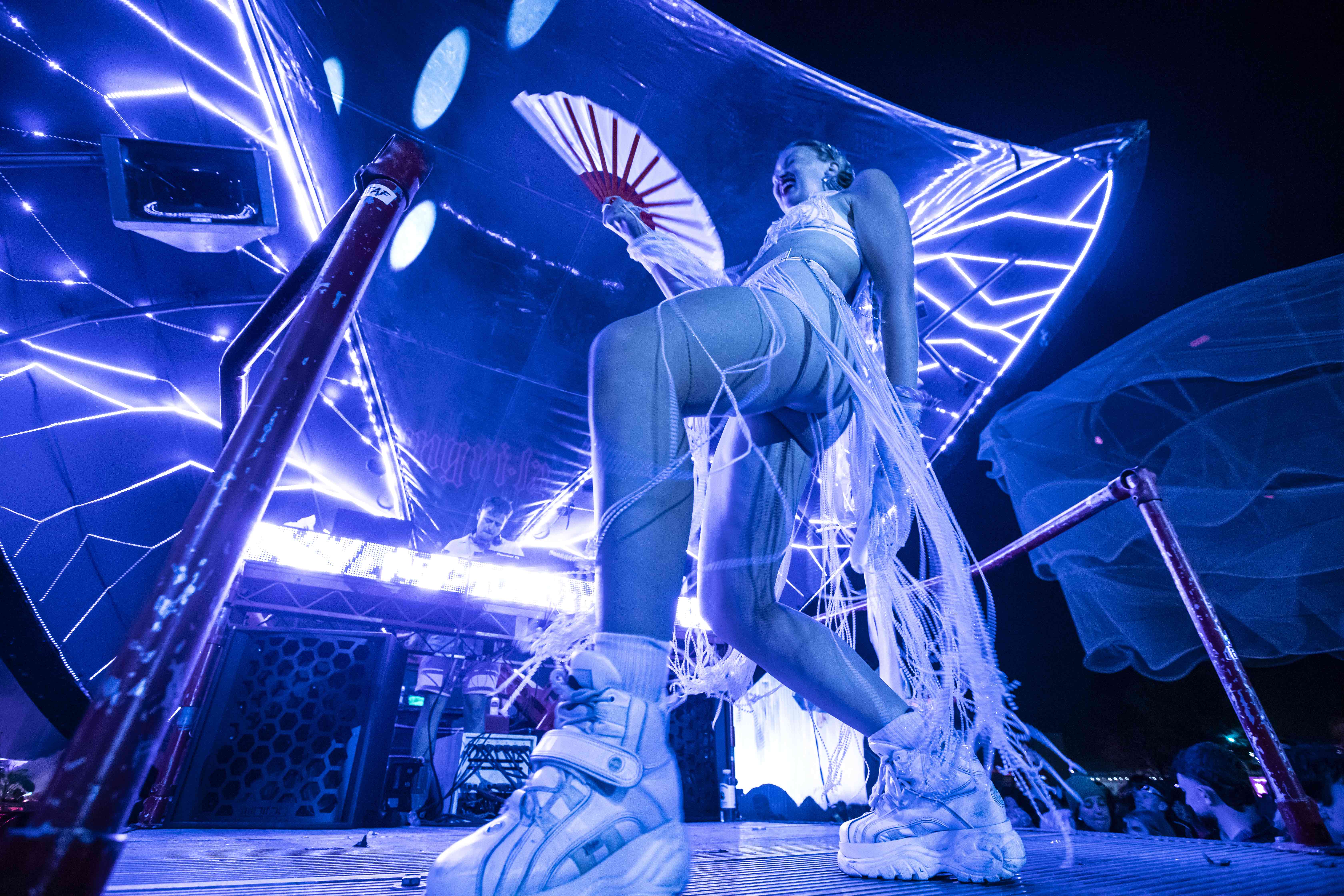
Meanwhile, alongside an installation from Amnesty International – a sprawling tree fashioned from scrap metal and adorned with brightly coloured ribbons upon which people can write messages of support for women’s rights – the space has been curated with diversity in mind. They explain: ‘Talking about nature teaches us about diversity. Nature flourishes when there's biodiversity; 80 per cent of the plants in the British garden are non-native. The English rose is not from England. The tulip is not from the Netherlands. A lot of these things have come from the East, and they bring colour and vibrancy and excitement.’
More than just a space for revelry, Shangri-La’s new creative shows the potential for festivals to curate and design in ways that are sustainable and purposeful, with future iterations and generations at the fore.
Receive our daily digest of inspiration, escapism and design stories from around the world direct to your inbox.
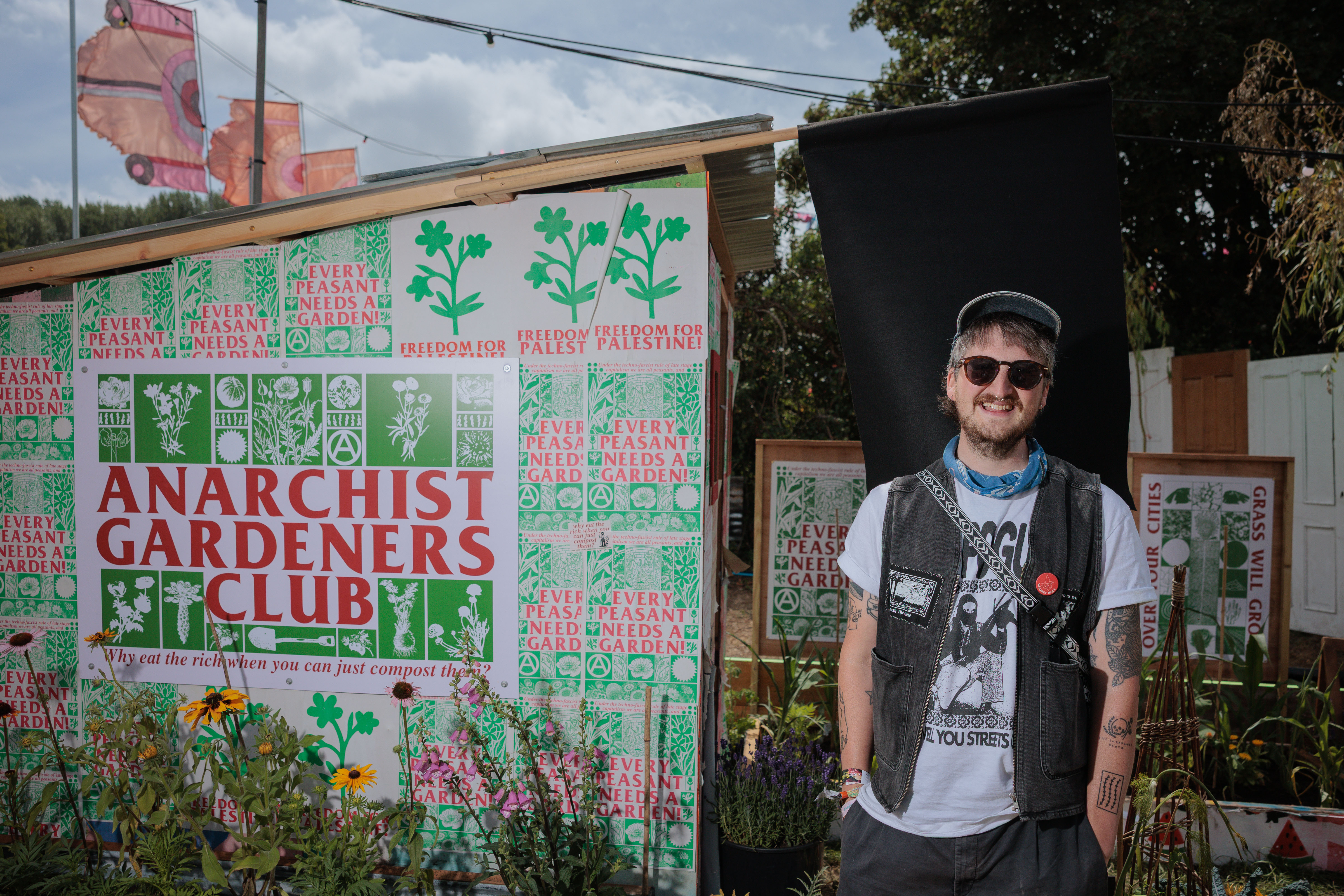
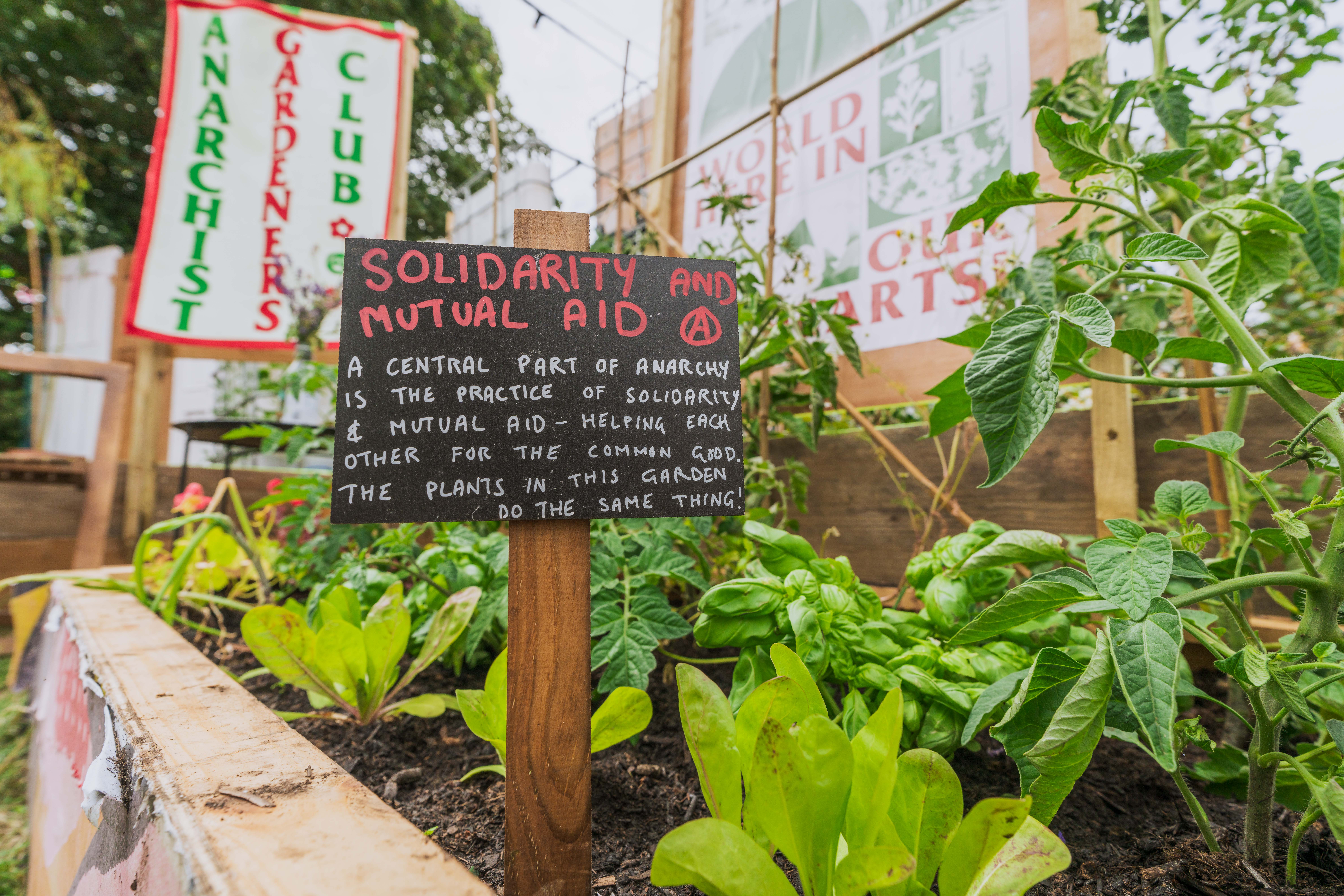
Lisa Wright is a freelance food, travel and culture journalist who has written for titles such as The Observer, NME, The Forty-Five, ES Magazine and DIY.
-
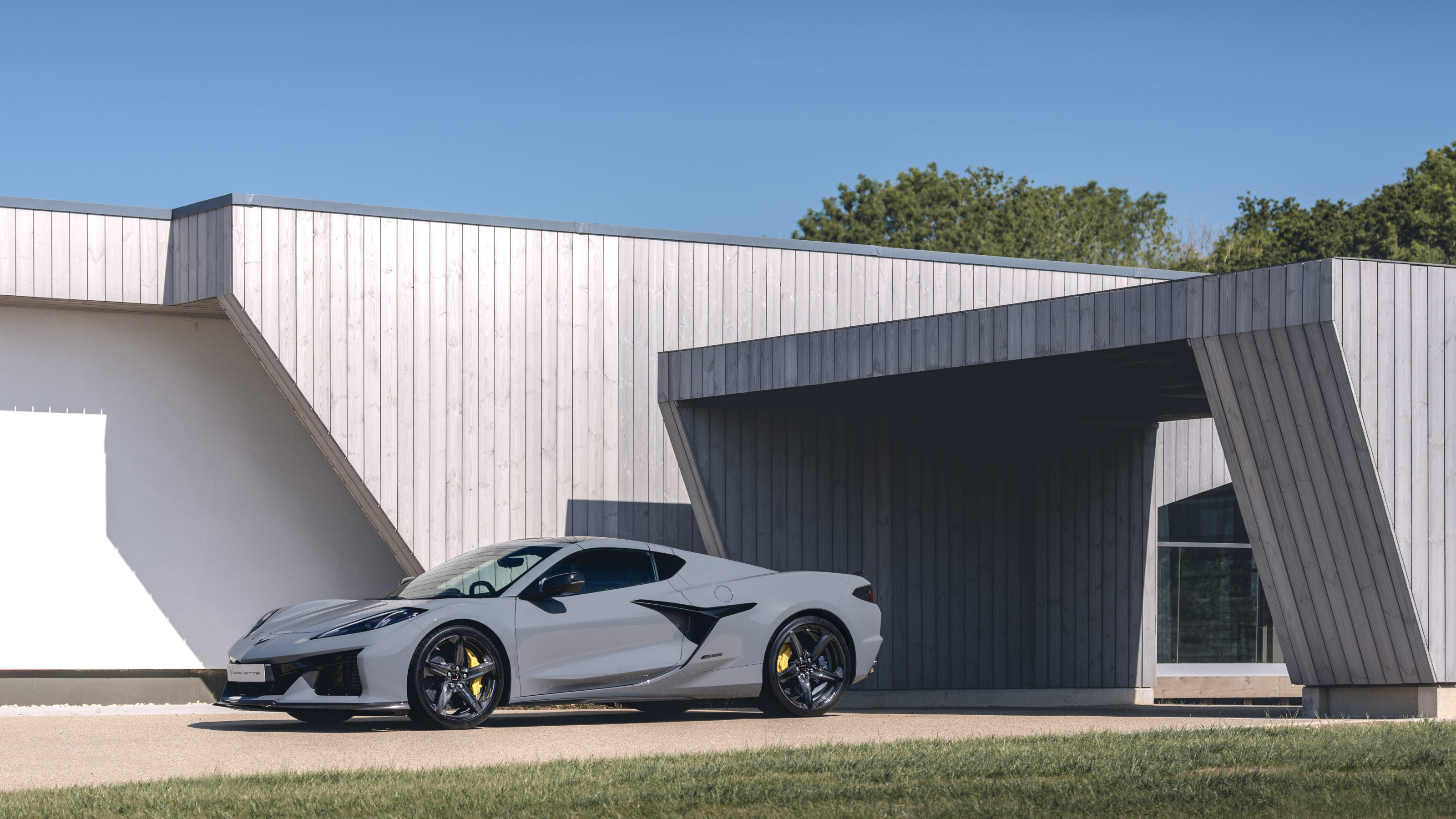 The new E-Ray electrifies an iconic American automotive nameplate: Corvette
The new E-Ray electrifies an iconic American automotive nameplate: CorvetteCan hybrid power win the iconic Chevrolet Corvette a new generation of European admirers? Enter the Corvette E-Ray
-
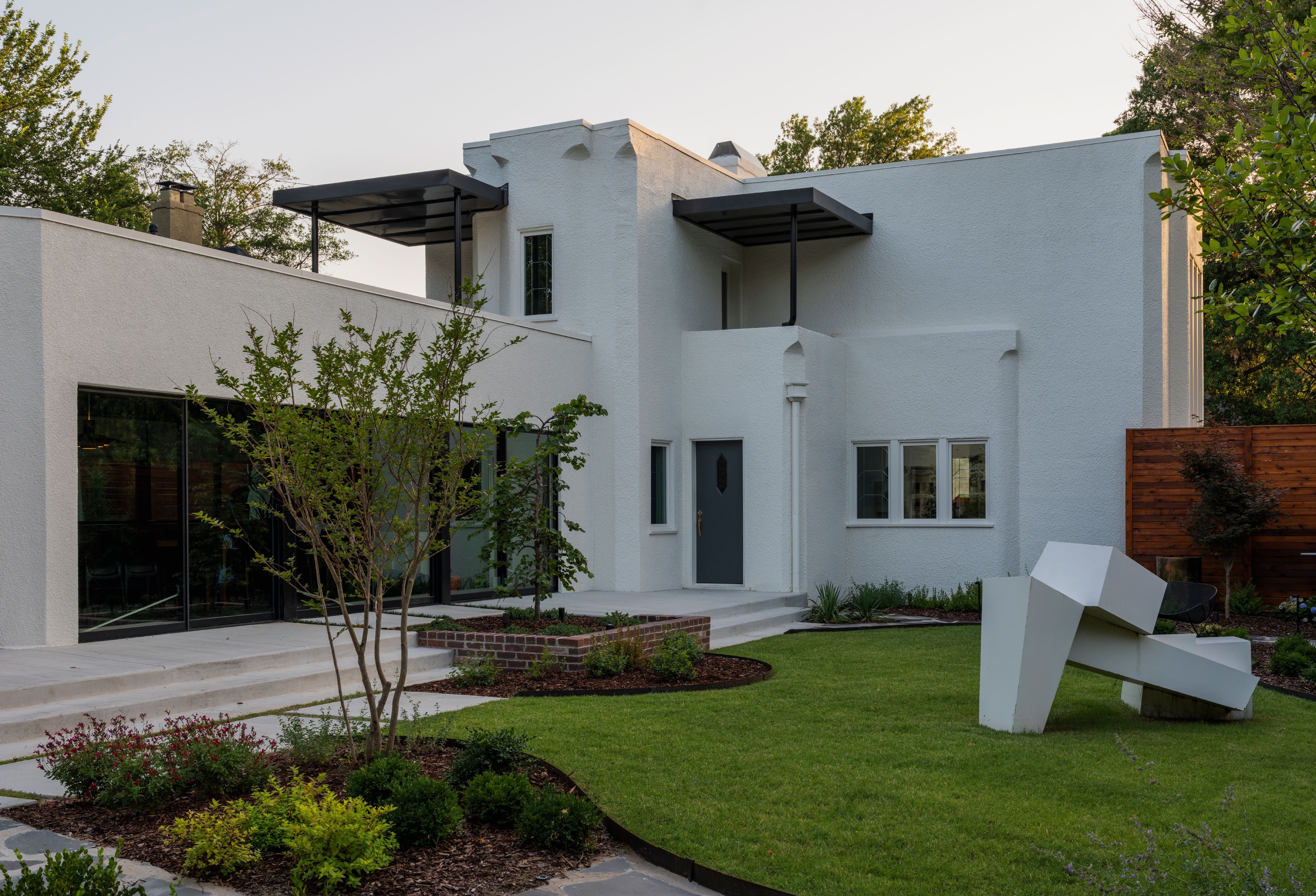 Nearly a century after it was completed, Bruce Goff’s revolutionary Adah Robinson House astonishes once again
Nearly a century after it was completed, Bruce Goff’s revolutionary Adah Robinson House astonishes once againThe flamboyant building in Tulsa, Oklahoma is beginning its latest chapter as a charitable event space, known as The Oath Studio. See the restoration
-
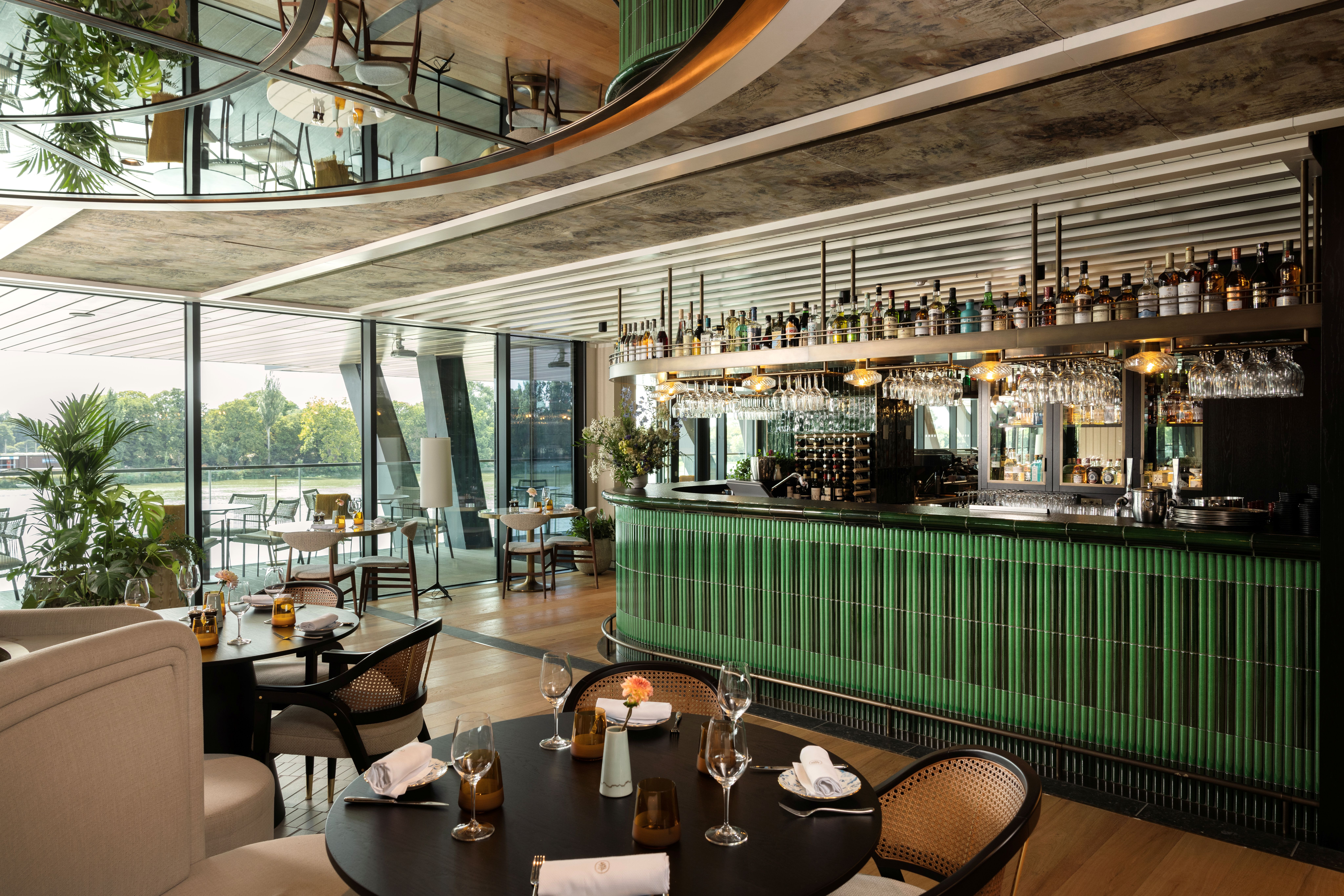 A quintessentially British new dining destination alights on the banks of the Thames
A quintessentially British new dining destination alights on the banks of the ThamesBrasserie Constance, a new project from chef Adam Byatt, pays homage to pioneering florist Constance Spry
-
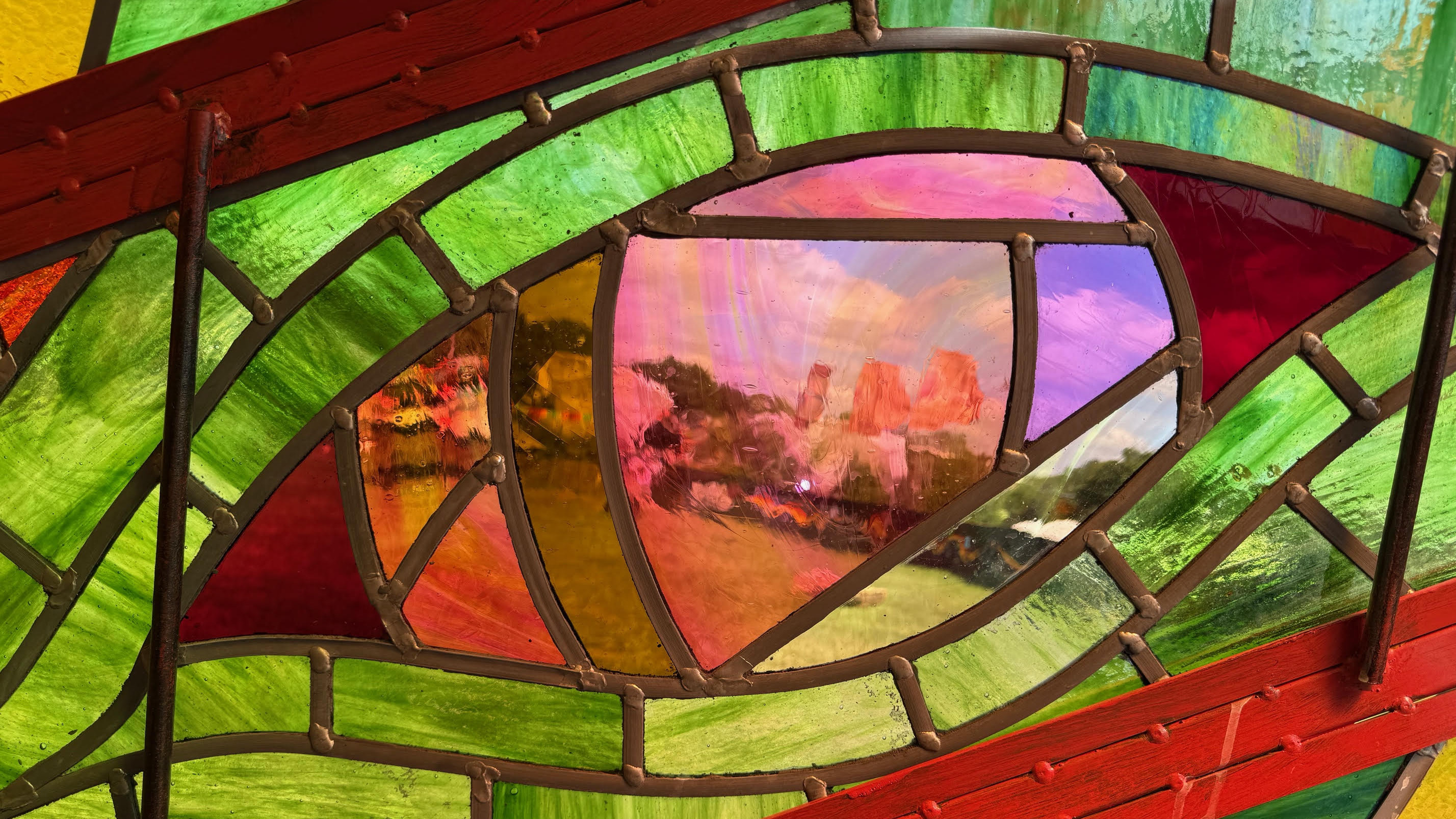 A bespoke 40m mixed-media dragon is the centrepiece of Glastonbury’s new chill-out area
A bespoke 40m mixed-media dragon is the centrepiece of Glastonbury’s new chill-out areaNew for 2025 is Dragon's Tail – a space to offer some calm within Glastonbury’s late-night area with artwork by Edgar Phillips at its heart
-
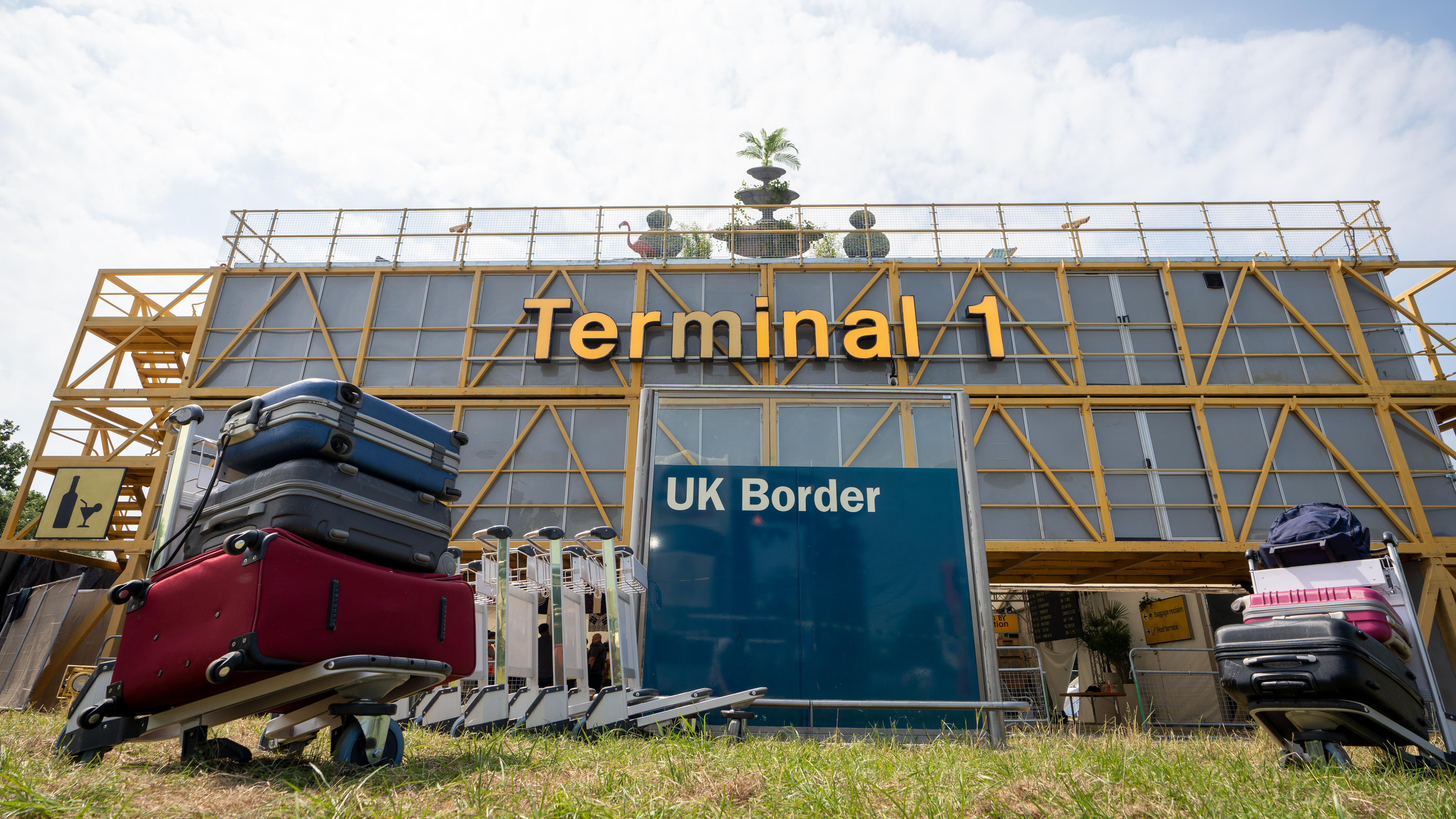 Glastonbury’s Terminal 1 is back: ‘Be prepared to be deeply moved and then completely uplifted’
Glastonbury’s Terminal 1 is back: ‘Be prepared to be deeply moved and then completely uplifted’Terminal 1 is an immersive, experiential space designed to deliver a vital message on immigration rights at Glastonbury 2025
-
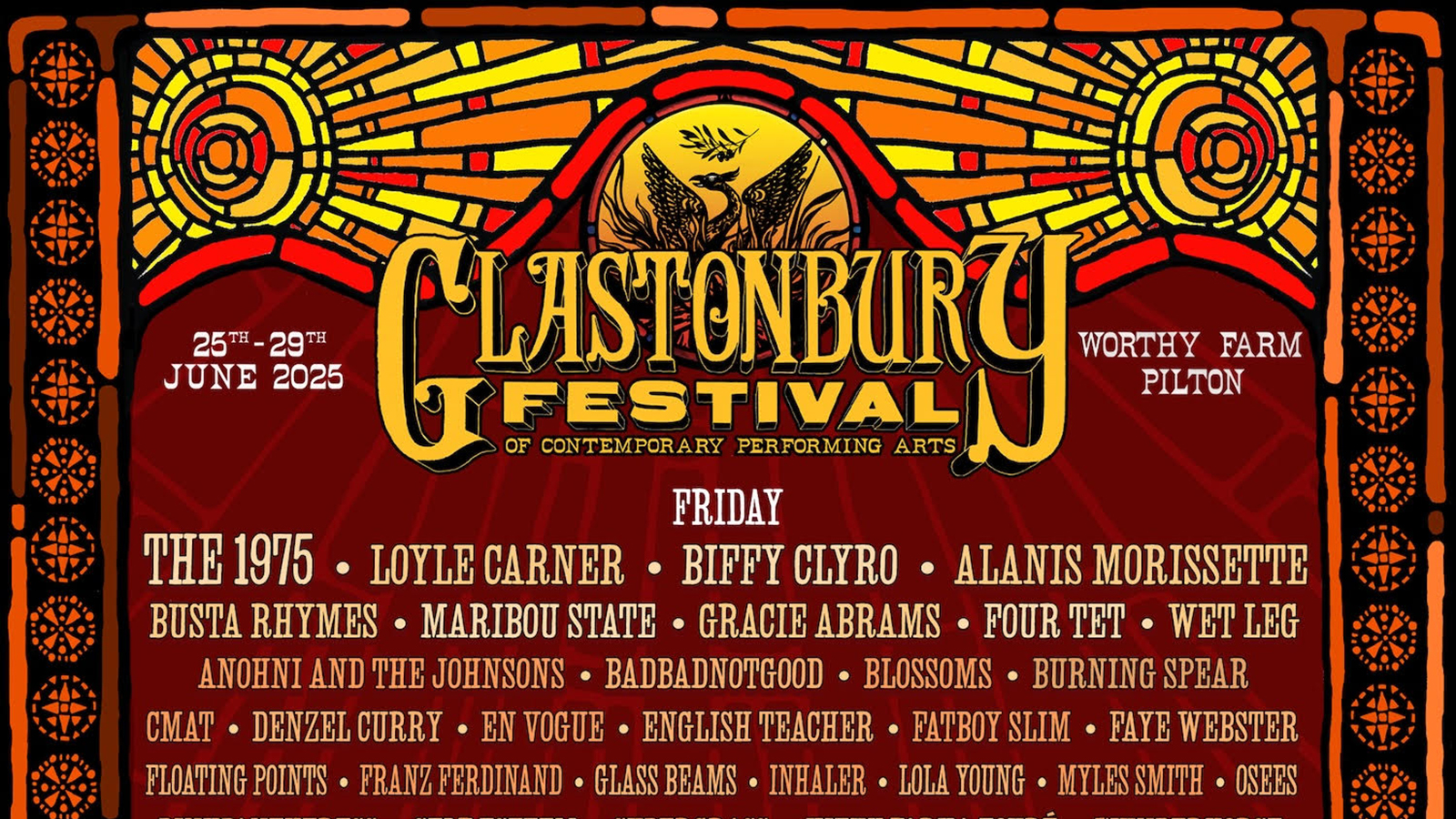 Stanley Donwood on decades of Glastonbury poster design
Stanley Donwood on decades of Glastonbury poster designWhile Glastonbury fans huff and puff over this year's line-up announcement, we talk to the man responsible for designing the festival’s poster, for the last two decades
-
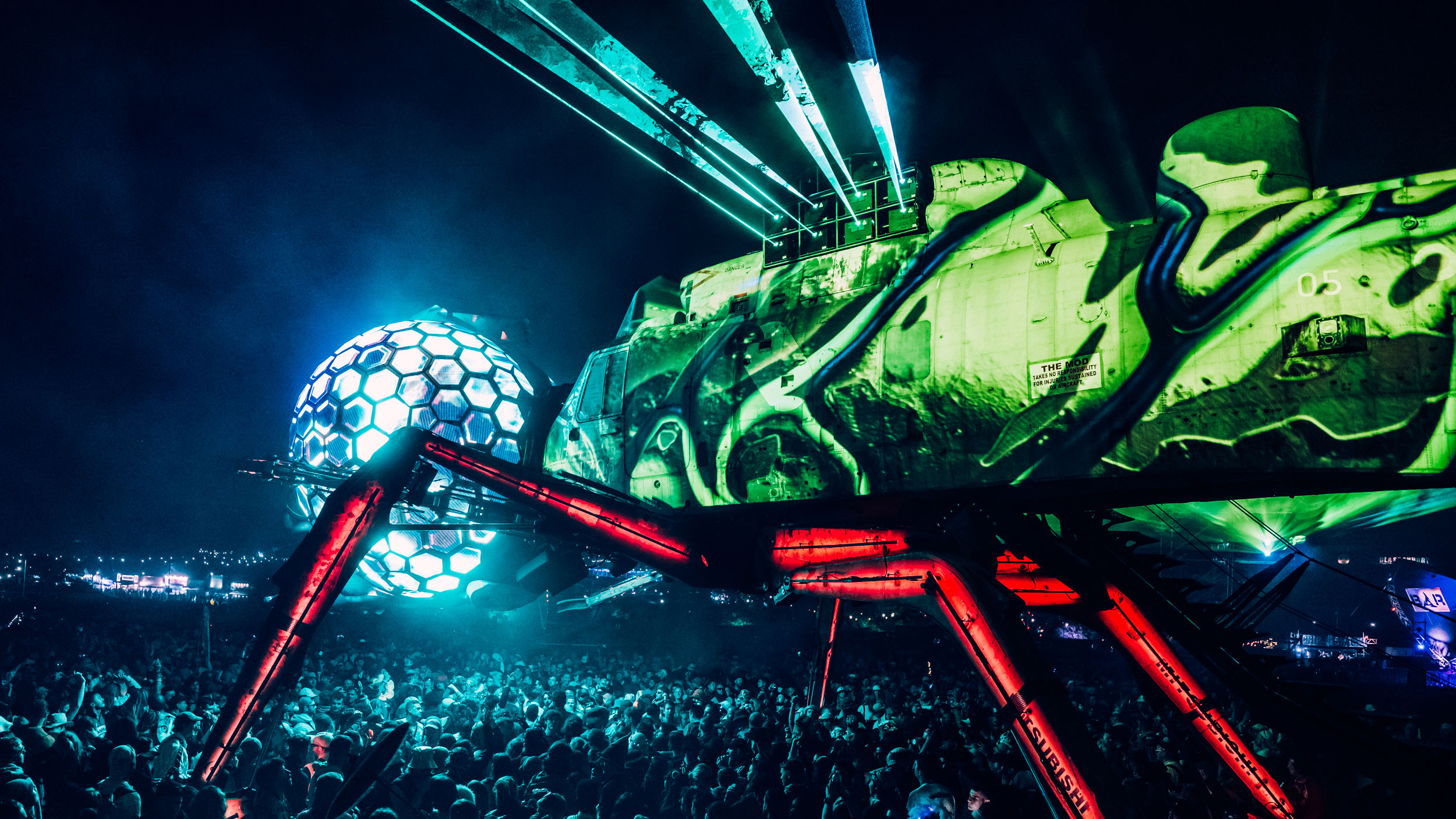 The story behind Arcadia’s mechanical dragonfly: a Falklands helicopter turned dance stage and Glastonbury’s newest addition
The story behind Arcadia’s mechanical dragonfly: a Falklands helicopter turned dance stage and Glastonbury’s newest additionAt this year’s Glastonbury festival, its newest addition celebrated the earth and the bringing together of people – as well as putting on one hell of a party. Wallpaper* was invited for a tour.
-
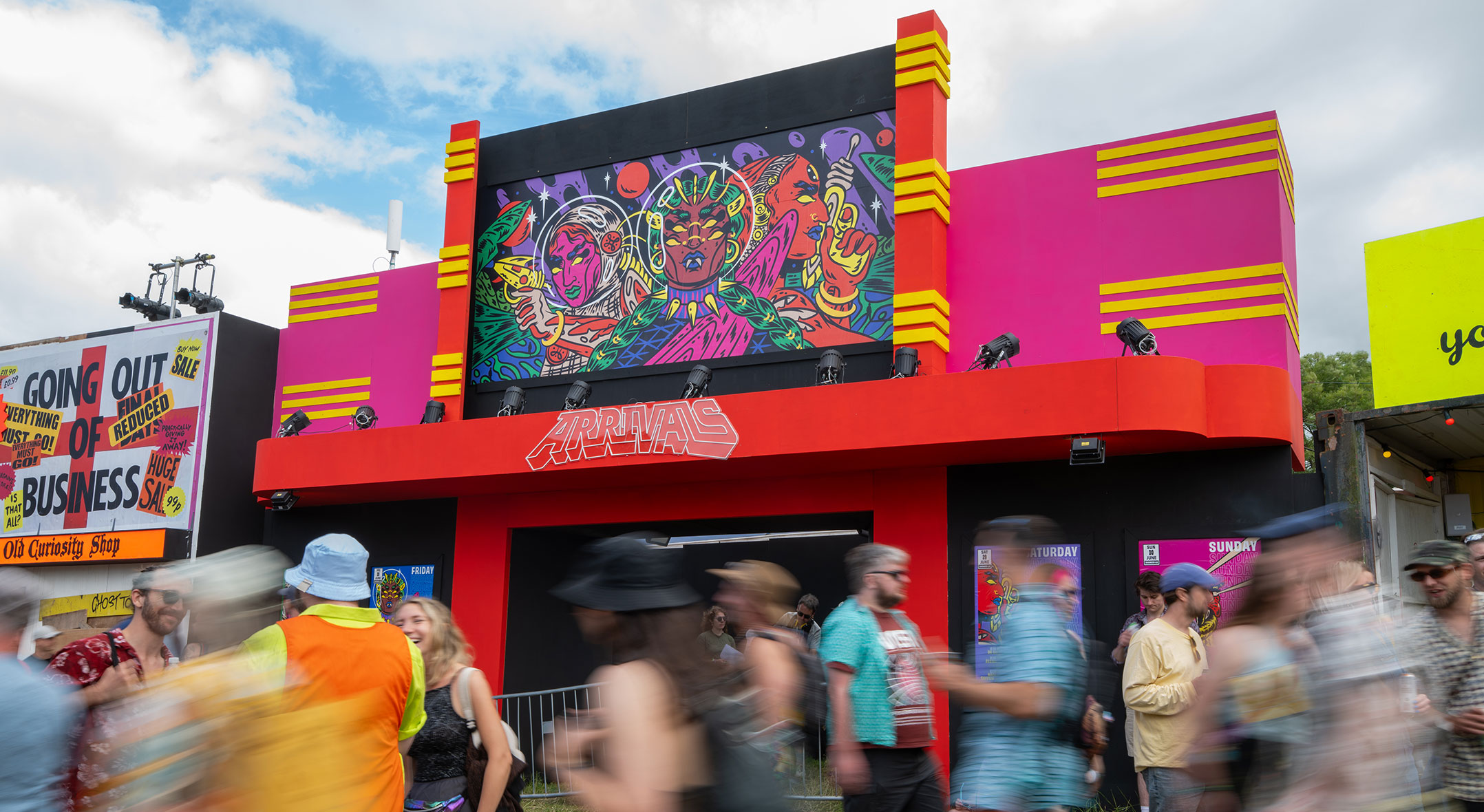 At Glastonbury’s Shangri-La, activism and innovation meet
At Glastonbury’s Shangri-La, activism and innovation meetGlastonbury’s south-east corner is known for its after-dark entertainment but by day, there is a different story to tell